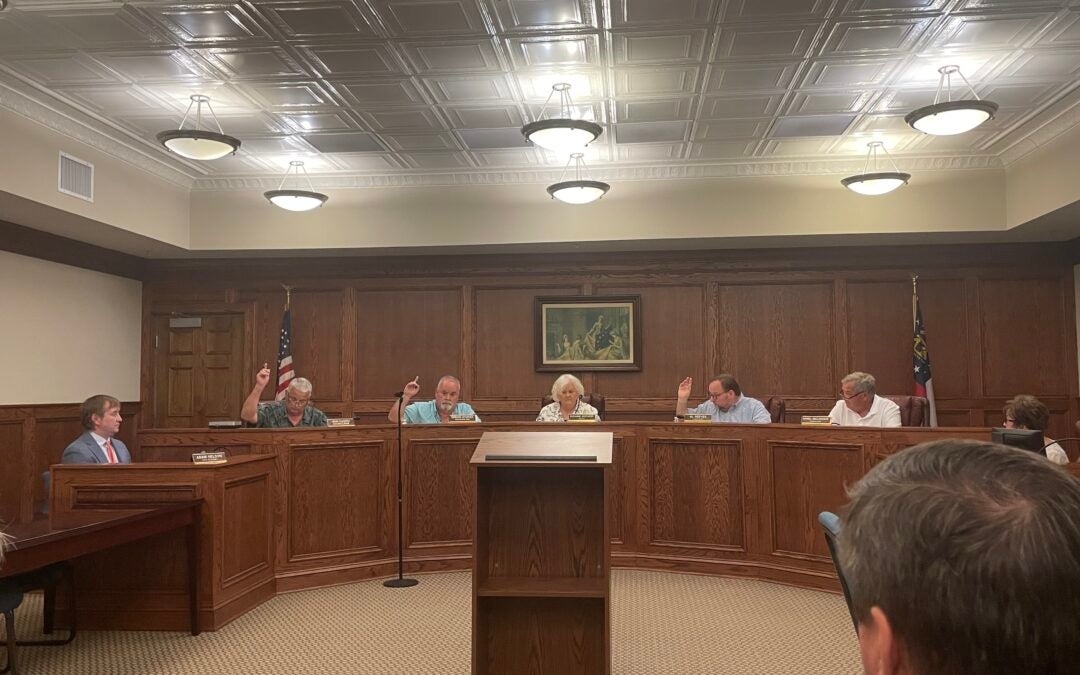During a May 17 work session, Richmond County Board of Education (RCBOE) members discussed upcoming budget hearing meetings and the potential approval of an estimated rollback millage rate.
Organizational chart, salary schedule to be shared at first budget hearing
During the recent Saturday work session, the RCBOE discussed presenting the public with the district’s salary schedule and organizational chart on the same day as they present the proposed fiscal year 2026 budget, May 27. This will be the first public budget hearing.
Presenting these items together hasn’t typically been done in the past, per interim Superintendent Dr. Malinda Cobb.

The salary schedule and organizational chart provide context for understanding the proposed budget, as a significant portion of the budget is allocated to personnel costs.
Salary charts outline how much employees are paid based on their title, years of experience and qualification; the organizational chart outlines the leadership structure and shows how departments are staffed, who reports to whom, and how responsibilities are distributed across the district office.
May 27 was already scheduled as a public hearing, so the RCBOE has decided to share the salary schedules and organizational chart in a package during that meeting to “give a complete picture of how staffing and compensation align with funding priorities,” according to a district statement.
The board took a vote during the May 17 work session to approve the 2025-26 organizational chart, which is included below.
Rollback millage rate
An estimated 18.33 rollback millage rate will be printed on a tax notice that is set to go out on June 20. This estimated rate and the wording on the tax notice have to be approved by June 5, but may be approved earlier at the regular board meeting on May 20.
With the millage rate – which is what homeowners pay in taxes on their property – each mill represents one dollar for every one thousand dollars in property value. A roll back rate is the millage rate the school system would adopt this year to collect the same amount of property tax revenue collected last year.









